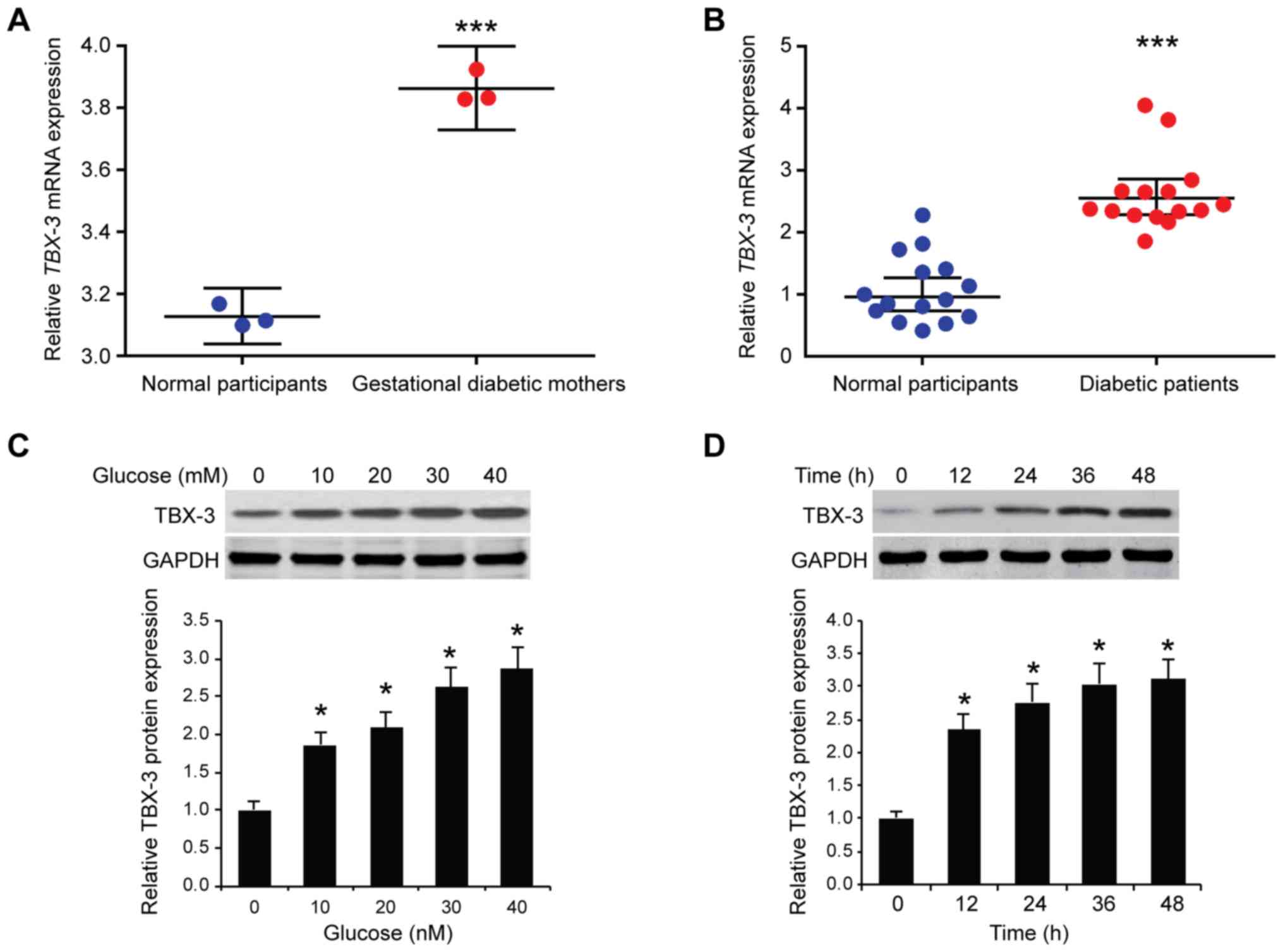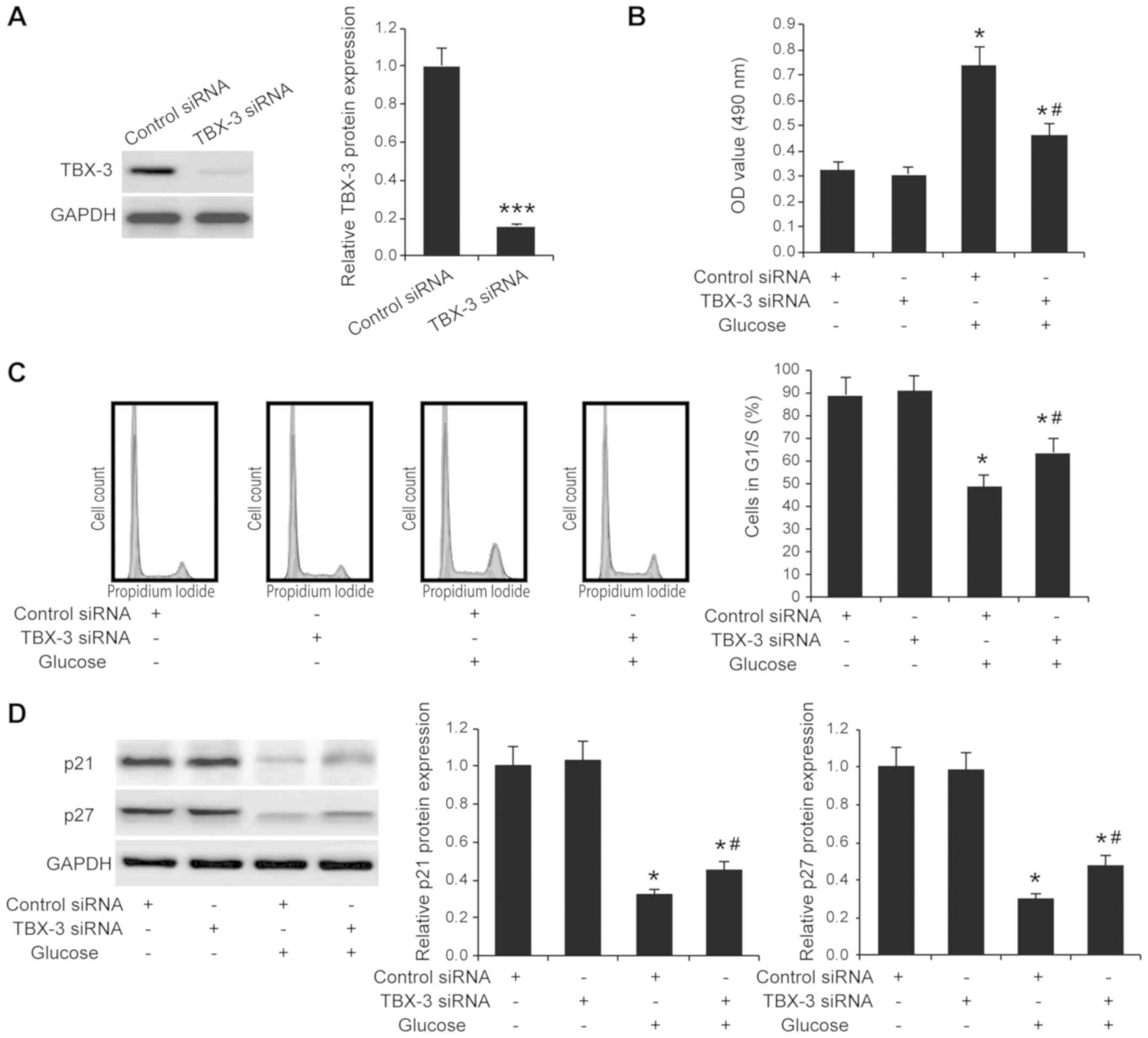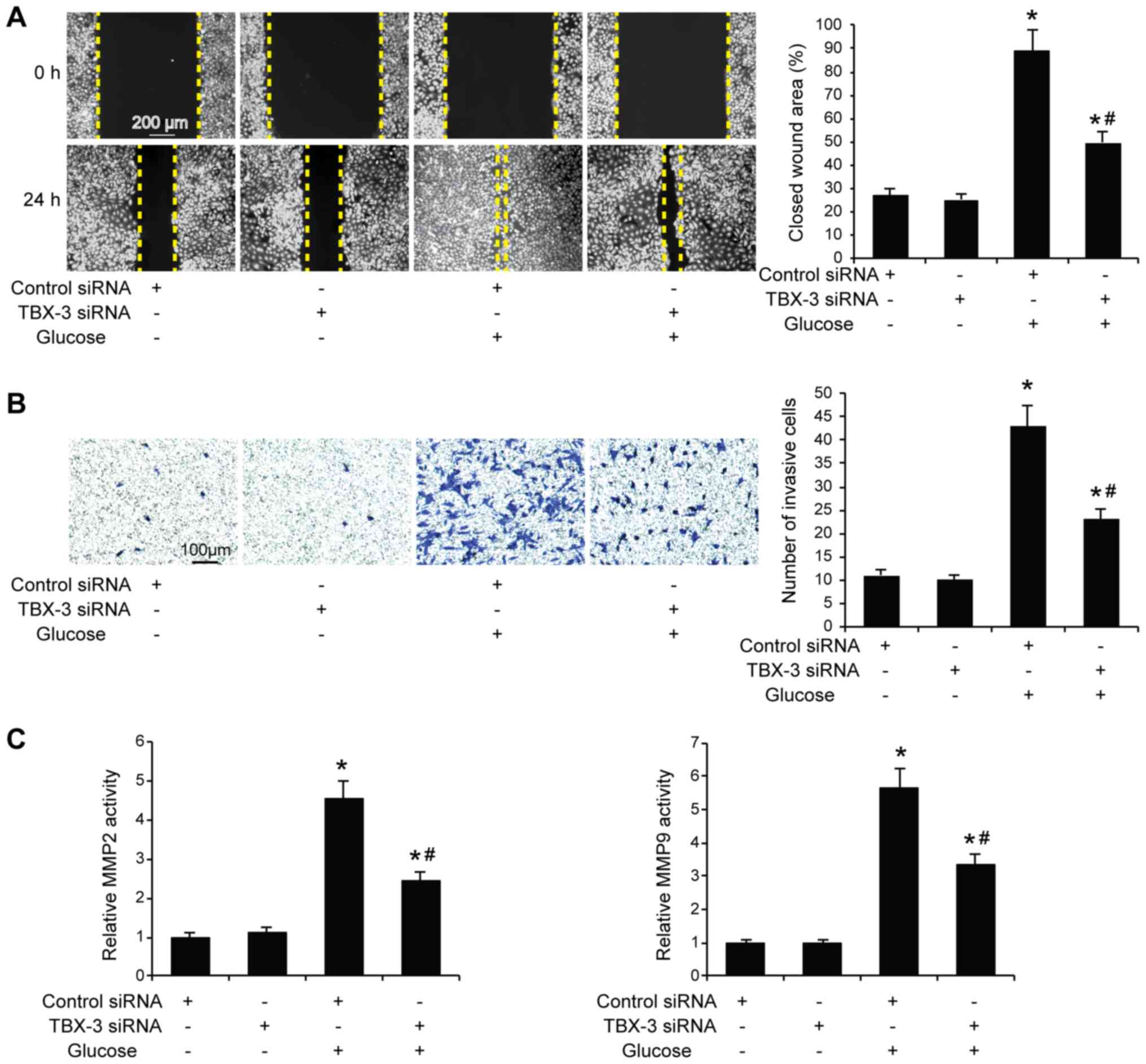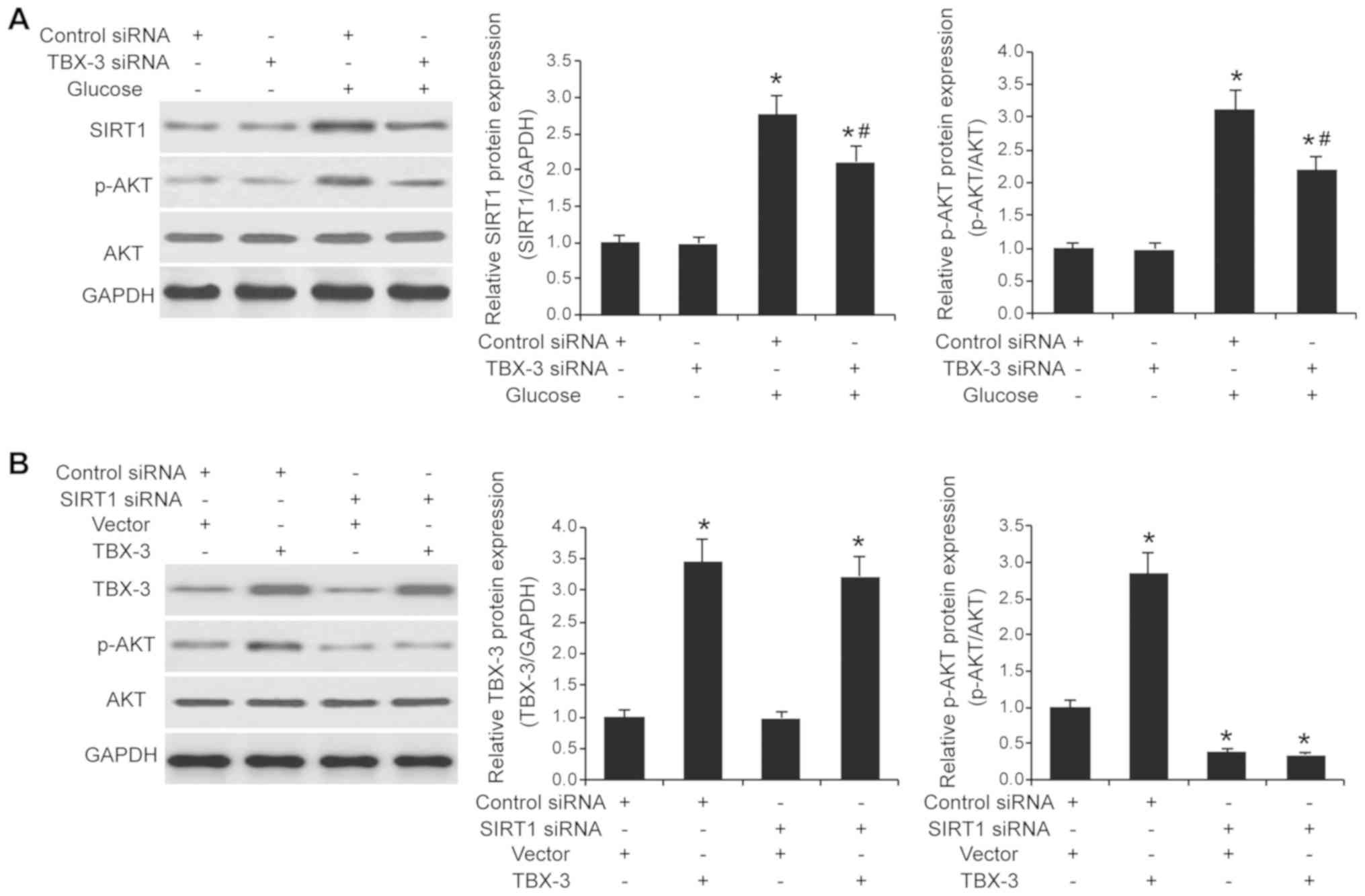|
1
|
Mao W, Yip CW and Chen W: Complications of
diabetes in China: Health system and economic implications. BMC
Public Health. 19:2692019. View Article : Google Scholar : PubMed/NCBI
|
|
2
|
Liu X, Wang L, Wang P, Liu R, Yang K, Qian
X, Fan J, Yu S, Li Y and Wang C: The dynamics of type 2 diabetes
mellitus prevalence and management rates among rural population in
Henan province, China. J Diabetes Res. 2017:90927592017. View Article : Google Scholar : PubMed/NCBI
|
|
3
|
Liu M, Wang J, He Y, Jiang B, Wu L, Wang
Y, Di Z and Zeng J: Awareness, treatment and control of type 2
diabetes among Chinese elderly and its changing trend for past
decade. BMC Public Health. 16:2782016. View Article : Google Scholar : PubMed/NCBI
|
|
4
|
Hu C and Jia W: Diabetes in China:
Epidemiology and genetic risk factors and their clinical utility in
personalized medication. Diabetes. 67:3–11. 2018. View Article : Google Scholar : PubMed/NCBI
|
|
5
|
Weng J, Zhou Z, Guo L, Zhu D, Ji L, Luo X,
Mu Y and Jia W; T1D China Study Group, : Incidence of type 1
diabetes in China, 2010-13: Population based study. BMJ.
360:j52952018. View Article : Google Scholar : PubMed/NCBI
|
|
6
|
Liu X, Yu C, Wang Y, Bi Y, Liu Y and Zhang
ZJ: Trends in the incidence and mortality of diabetes in China from
1990 to 2017: A joinpoint and age-period-cohort analysis. Int J
Environ Res Public Health. 16:162019.
|
|
7
|
Yuan H, Li X, Wan G, Sun L, Zhu X, Che F
and Yang Z: Type 2 diabetes epidemic in East Asia: A 35-year
systematic trend analysis. Oncotarget. 9:6718–6727. 2017.
View Article : Google Scholar : PubMed/NCBI
|
|
8
|
Zhou M, Wang H, Zhu J, Chen W, Wang L, Liu
S, Li Y, Wang L, Liu Y, Yin P, et al: Cause-specific mortality for
240 causes in China during 1990–2013: A systematic subnational
analysis for the Global Burden of Disease Study 2013. Lancet.
387:251–272. 2016. View Article : Google Scholar : PubMed/NCBI
|
|
9
|
Evans JL and Goldfine ID: A new road for
treating the vascular complications of diabetes: So let's step on
the gas. Diabetes. 65:346–348. 2016. View Article : Google Scholar : PubMed/NCBI
|
|
10
|
Chawla A, Chawla R and Jaggi S:
Microvasular and macrovascular complications in diabetes mellitus:
Distinct or continuum? Indian J Endocrinol Metab. 20:546–551. 2016.
View Article : Google Scholar : PubMed/NCBI
|
|
11
|
Kajino H, Goldbarg S, Roman C, Liu BM,
Mauray F, Chen YQ, Takahashi Y, Koch CJ and Clyman RI: Vasa vasorum
hypoperfusion is responsible for medial hypoxia and anatomic
remodeling in the newborn lamb ductus arteriosus. Pediatr Res.
51:228–235. 2002. View Article : Google Scholar : PubMed/NCBI
|
|
12
|
Willmer T, Cooper A, Peres J, Omar R and
Prince S: The T-Box transcription factor 3 in development and
cancer. Biosci Trends. 11:254–266. 2017. View Article : Google Scholar : PubMed/NCBI
|
|
13
|
Papaioannou VE: The T-box gene family:
Emerging roles in development, stem cells and cancer. Development.
141:3819–3833. 2014. View Article : Google Scholar : PubMed/NCBI
|
|
14
|
Takashima A and Faller DV: Targeting the
RAS oncogene. Expert Opin Ther Targets. 17:507–531. 2013.
View Article : Google Scholar : PubMed/NCBI
|
|
15
|
Alberti KG and Zimmet PZ: Definition,
diagnosis and classification of diabetes mellitus and its
complications. Part 1: Diagnosis and classification of diabetes
mellitus provisional report of a WHO consultation. Diabet Med.
15:539–553. 1998. View Article : Google Scholar : PubMed/NCBI
|
|
16
|
Ambra R, Manca S, Palumbo MC, Leoni G,
Natarelli L, De Marco A, Consoli A, Pandolfi A and Virgili F:
Transcriptome analysis of human primary endothelial cells (HUVEC)
from umbilical cords of gestational diabetic mothers reveals
candidate sites for an epigenetic modulation of specific gene
expression. Genomics. 103:337–348. 2014. View Article : Google Scholar : PubMed/NCBI
|
|
17
|
Clough E and Barrett T: The Gene
Expression Omnibus Database. Methods Mol Biol. 1418:93–110. 2016.
View Article : Google Scholar : PubMed/NCBI
|
|
18
|
Park HJ, Zhang Y, Georgescu SP, Johnson
KL, Kong D and Galper JB: Human umbilical vein endothelial cells
and human dermal microvascular endothelial cells offer new insights
into the relationship between lipid metabolism and angiogenesis.
Stem Cell Rev. 2:93–102. 2006. View Article : Google Scholar : PubMed/NCBI
|
|
19
|
Livak KJ and Schmittgen TD: Analysis of
relative gene expression data using real-time quantitative PCR and
the 2(-Delta Delta C(T)) Method. Methods. 25:402–408. 2001.
View Article : Google Scholar : PubMed/NCBI
|
|
20
|
Li S, Li Q, Yu W and Xiao Q: High glucose
and/or high insulin affects HIF-1 signaling by regulating AIP1 in
human umbilical vein endothelial cells. Diabetes Res Clin Pract.
109:48–56. 2015. View Article : Google Scholar : PubMed/NCBI
|
|
21
|
Zhang SH, Zhang SG, Zhou P, Wei X, Mao XD,
Lin SG and Liu C: LncRNA MALAT1 affects high glucose-induced
endothelial cell proliferation, apoptosis, migration and
angiogenesis by regulating the PI3K/Akt signaling pathway. Eur Rev
Med Pharmacol Sci. 23:8551–8559. 2019.PubMed/NCBI
|
|
22
|
Ye X, Li M, Hou T, Gao T, Zhu WG and Yang
Y: Sirtuins in glucose and lipid metabolism. Oncotarget.
8:1845–1859. 2017. View Article : Google Scholar : PubMed/NCBI
|
|
23
|
Guclu A, Erdur FM and Turkmen K: The
emerging role of sirtuin 1 in cellular metabolism, diabetes
mellitus, diabetic kidney disease and hypertension, experimental
and clinical endocrinology and diabetes. Exp Clin Endocrinol
Diabetes. 124:131–139. 2016.PubMed/NCBI
|
|
24
|
Calvanese V, Lara E, Suárez-Alvarez B, Abu
Dawud R, Vázquez-Chantada M, Martínez-Chantar ML, Embade N,
López-Nieva P, Horrillo A, Hmadcha A, et al: Sirtuin 1 regulation
of developmental genes during differentiation of stem cells. Proc
Natl Acad Sci USA. 107:13736–13741. 2010. View Article : Google Scholar : PubMed/NCBI
|
|
25
|
Nakanishi A, Wada Y, Kitagishi Y and
Matsuda S: Link between PI3K/AKT/PTEN pathway and NOX proteinin
diseases. Aging Dis. 5:203–211. 2014. View Article : Google Scholar : PubMed/NCBI
|
|
26
|
Saeedi P, Petersohn I, Salpea P, Malanda
B, Karuranga S, Unwin N, Colagiuri S, Guariguata L, Motala AA,
Ogurtsova K, et al IDF Diabetes Atlas Committee, : Global and
regional diabetes prevalence estimates for 2019 and projections for
2030 and 2045: Results from the International Diabetes Federation
Diabetes Atlas, 9th edition. Diabetes Res Clin Pract.
157:1078432019. View Article : Google Scholar : PubMed/NCBI
|
|
27
|
Harding JL, Pavkov ME, Magliano DJ, Shaw
JE and Gregg EW: Global trends in diabetes complications: A review
of current evidence. Diabetologia. 62:3–16. 2019. View Article : Google Scholar : PubMed/NCBI
|
|
28
|
Willmer T, Hare S, Peres J and Prince S:
The T-box transcription factor TBX3 drives proliferation by direct
repression of the p21(WAF1) cyclin-dependent kinase inhibitor. Cell
Div. 11:62016. View Article : Google Scholar : PubMed/NCBI
|
|
29
|
Esmailpour T and Huang T: TBX3 promotes
human embryonic stem cell proliferation and neuroepithelial
differentiation in a differentiation stage-dependent manner. Stem
Cells. 30:2152–2163. 2012. View Article : Google Scholar : PubMed/NCBI
|
|
30
|
Rosso A, Balsamo A, Gambino R, Dentelli P,
Falcioni R, Cassader M, Pegoraro L, Pagano G and Brizzi MF: p53
Mediates the accelerated onset of senescence of endothelial
progenitor cells in diabetes. J Biol Chem. 281:4339–4347. 2006.
View Article : Google Scholar : PubMed/NCBI
|
|
31
|
Willmer T, Peres J, Mowla S, Abrahams A
and Prince S: The T-Box factor TBX3 is important in S-phase and is
regulated by c-Myc and cyclin A-CDK2. Cell Cycle. 14:3173–3183.
2015. View Article : Google Scholar : PubMed/NCBI
|
|
32
|
Lamalice L, Le Boeuf F and Huot J:
Endothelial cell migration during angiogenesis. Circ Res.
100:782–794. 2007. View Article : Google Scholar : PubMed/NCBI
|
|
33
|
Daub JT and Merks RM: A cell-based model
of extracellular-matrix-guided endothelial cell migration during
angiogenesis. Bull Math Biol. 75:1377–1399. 2013. View Article : Google Scholar : PubMed/NCBI
|
|
34
|
Carlevaro MF, Albini A, Ribatti D, Gentili
C, Benelli R, Cermelli S, Cancedda R and Cancedda FD: Transferrin
promotes endothelial cell migration and invasion: Implication in
cartilage neovascularization. J Cell Biol. 136:1375–1384. 1997.
View Article : Google Scholar : PubMed/NCBI
|
|
35
|
Li X, Chen B, Chi D, Zhang Y and Jiang W:
lncRNA CASC9 regulates cell migration and invasion in hemangioma
endothelial cells by targeting miR-125a-3p/Nrg1. OncoTargets Ther.
12:423–432. 2019. View Article : Google Scholar
|
|
36
|
Acquaah-Mensah GK, Malhotra D, Vulimiri M,
McDermott JE and Biswal S: Suppressed expression of T-box
transcription factors is involved in senescence in chronic
obstructive pulmonary disease. PLOS Comput Biol. 8:e10025972012.
View Article : Google Scholar : PubMed/NCBI
|
|
37
|
O'Callaghan C and Vassilopoulos A:
Sirtuins at the crossroads of stemness, aging, and cancer. Aging
Cell. 16:1208–1218. 2017. View Article : Google Scholar : PubMed/NCBI
|
|
38
|
Chen H, Wan Y, Zhou S, Lu Y, Zhang Z,
Zhang R, Chen F, Hao D, Zhao X, Guo Z, et al: Endothelium-specific
SIRT1 overexpression inhibits hyperglycemia-induced upregulation of
vascular cell senescence. Sci China Life Sci. 55:467–473. 2012.
View Article : Google Scholar : PubMed/NCBI
|




















